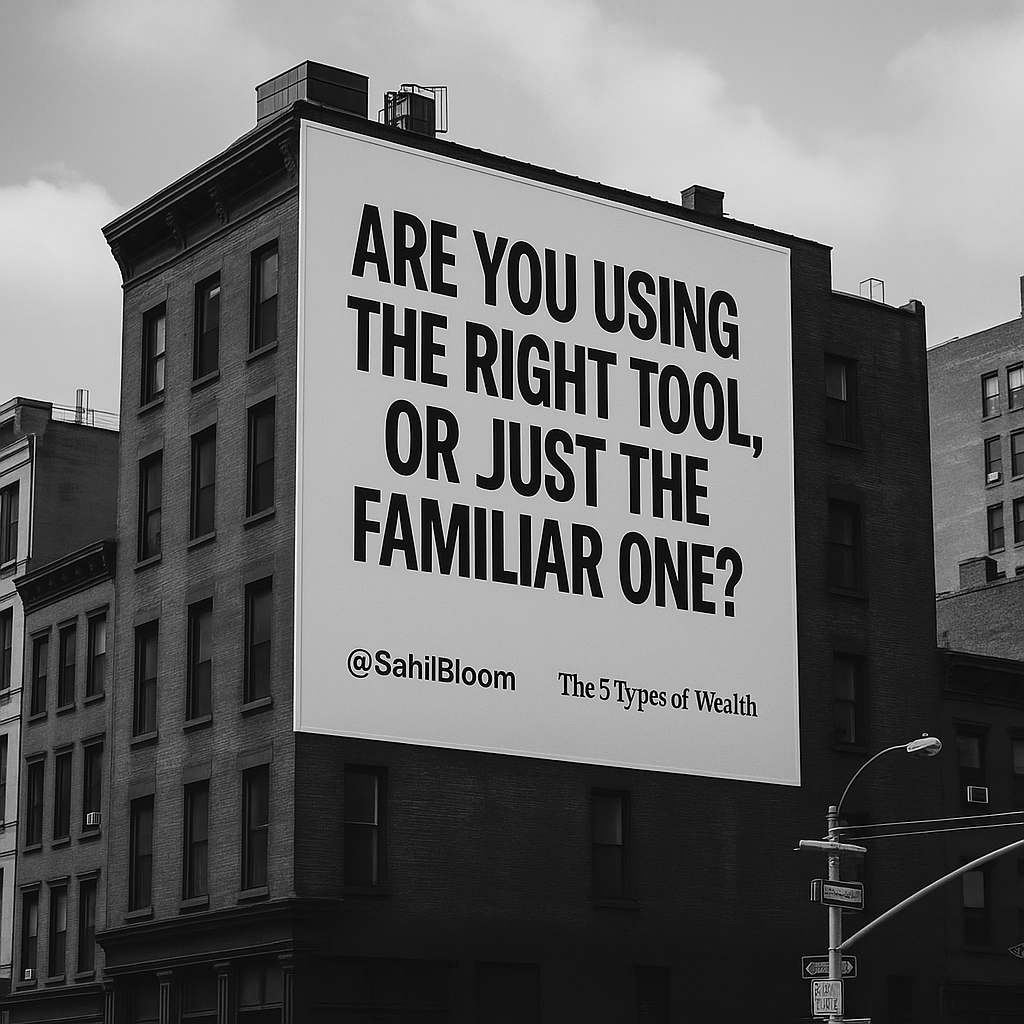Maslow’s Hammer: A Dangerous Trap
Today at a Glance
What’s a Rich Text element?
The rich text element allows you to create and format headings, paragraphs, blockquotes, images, and video all in one place instead of having to add and format them individually. Just double-click and easily create content.
Static and dynamic content editing
A rich text element can be used with static or dynamic content. For static content, just drop it into any page and begin editing. For dynamic content, add a rich text field to any collection and then connect a rich text element to that field in the settings panel. !
- ml;xsml;xa
- koxsaml;xsml;xsa
- mklxsaml;xsa
How to customize formatting for each rich text
Headings, paragraphs, blockquotes, figures, images, and figure captions can all be styled after a class is added to the rich text element using the "When inside of" nested selector system.
In the early 1920s, with France still reeling from the devastation brought on by the Great War, French political and military leadership began debating how to prevent any future invasion by the Germans.
The Great War (now called World War I) had left 1.4 million French soldiers dead, with another four million wounded. Much of the French countryside was permanently damaged by the immense shelling and hundreds of miles of trenches that served as the primary battleground on the front.
The war had been fought (and won) in the trenches. It was a static, defensive war of attrition. Millions of young men died fighting over mere yards of ground on the Western Front.
Given the nature of the war that had just ended, the debate over a strategy to ensure France’s security and sovereignty quickly centered around creating an impenetrable defense.
In 1929, Minister of War André Maginot formally proposed a permanent defensive fortification along the French-German border. The proposal was quickly approved and from 1930 to 1937, France directed a sizable portion of its military budget towards the so-called Maginot Line.
The end result was spectacular…
- Over 400 miles of continuous fortifications.
- Dozens of massive underground bunkers, each equipped with air filtration, electricity, living quarters, mess halls, and rail systems.
- Thousands of artillery pieces, retractable turrets, and observation posts.
- Subterranean railways connected many of the forts so troops and ammunition could move safely underground.
…but unfortunately, it was also entirely obsolete.
In May 1940, when war returned to France, it looked entirely different than the one the French had prepared for.
The Germans did not attack head on for the anticipated battle along the shared border. Instead, they deployed newly developed tanks and planes in a Blitzkrieg (“lightning war”) strategy, invading Belgium and entering France through the Ardennes Forest, which French strategists had left lightly defended, believing it was too dense for tanks to penetrate.
The Maginot Line was rendered useless by this unexpected approach and France fell within six weeks.
Psychologist Abraham Maslow once wrote:
“If the only tool you have is a hammer, it is tempting to treat everything as if it were a nail.”
The Maginot Line was a powerful hammer—but the new war simply wasn’t a nail.
This is known as the Law of the Instrument (or, more simply, Maslow’s Hammer).
When you become comfortable with a certain tool, you start applying it everywhere, even when it doesn’t fit.
This is one of those frameworks that I see everywhere since learning it…
We fall into the same trap all the time.
- In business, we cling to the strategy that once worked, even as the market changes.
- In relationships, we keep applying the same approach, even when the dynamics evolve.
- In personal growth, we rely on old habits and call it discipline, even when they’re no longer useful for the present season.
It happens because our tools become entangled with our identities. The tools that once empowered you can begin to confine you.
So, as you face new, exciting challenges—in your work, relationships, or life—ask yourself this question:
Am I using the right tool, or just the familiar one?
















